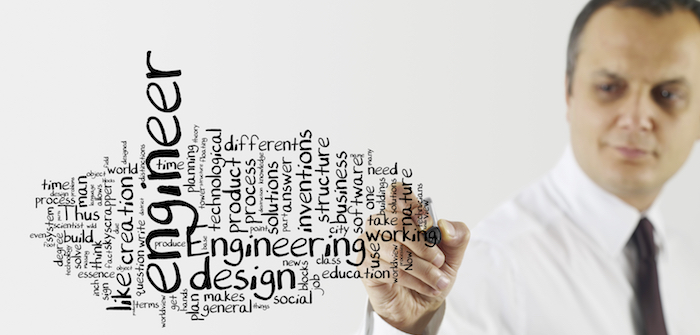Here’s an interesting question: Is great engineering more closely related to art or accounting? As engineers, we are taught to define a problem, decide upon a methodical mathematical approach, and then solve the problem using equations and numerical methods. The results are often presented as tables of numbers.
One of the consequences of this approach is that one correct answer to a problem is determined. Another lesson learned is that numbers tell the story.
But are not the assumptions made in setting up a problem just as important as the result? And is not the selection of the approach important? And can we be sure of the results, or have we made some mistakes along the way? How realistic are the results? Do we end up with more questions than answers at the end? Can we not make the design narrower or wider, shallower or deeper, shorter or longer, and can we not choose materials that are stronger or weaker depending upon other practical limitations? It’s not a simple problem and solution anymore, is it? We will never know enough to be fully informed. How can we assure ourselves that we are actually on a logical and realistic path to establishing a reasonable solution?
Often when I ask an engineer to draw me a picture of the problem they are trying to solve, the engineer struggles to document it graphically. As they work to document the problem, they become aware of the complications related to the challenge and start recognizing the assumptions they need to make to proceed to a solution.
They also start seeing that not all approaches or assumptions are equally valid and that making the problem more complicated is not necessarily the best way to go. A clear definition of the problem, documented graphically, that encompasses realistic assumptions and recognizes the limitations of the solution, can yield tremendous insights into the challenge at hand.
As a problem and solution comes closer to mimicking the real world, the more we can trust the calculated results. Once the engineer’s problem is clearly defined graphically, it’s time to apply equations and crunch the numbers. And we have a visual redundancy step in the approach to assure we are not making a mistake. After the numbers are crunched, the results are collated – often in tables.
What’s a more powerful presentation: pictures or columns of numbers? Graphics present a lot of information in one package – dimensions, forces, directions, relationships – while we get lost in columns of numbers and can’t see anything. A graphical presentation of a solution can quickly reveal mistakes made in the execution. We can see if the force magnitudes and directions are logical. We cannot intuitively see if there are errors in columns of numbers.
I often use a 2D or 3D CAD program to document and examine the forces present throughout a mechanism. The forces can be scaled and dimensioned to provide a realistic view. A graphical presentation illustrating a range of possible solutions is another opportunity to provide a wealth of useful information. Presenting the relationship between three variables is powerful. Isobars documenting variable z crossing an x-y plot can show the sensitivity of a result relative to dual inputs. The closer together the isobars are, the more sensitive the performance versus the inputs.
Commonly used spreadsheet programs severely limit our capability of presenting data. Try to develop a three-variable isobar plot with your preferred x, y and z inputs. We need better graphical tools. Graphical documentation of loads and forces can lead us to solutions where material is placed along logical load paths to help us avoid simplistic designs that produce cumbersome rectangular shapes and utilize excess material.
We ought to be training engineers in graphical methods and thought processes supported by mathematical and numerical analysis. Engineers can then progress from being technical accountants to being design artists.
Gene Lukianov spent 20 years at Chrysler, working in vehicle dynamics and analytical dynamics. Now a consulting engineer, he runs VRAD Engineering, providing vehicle and suspension design services to the OEM and aftermarket industries.


